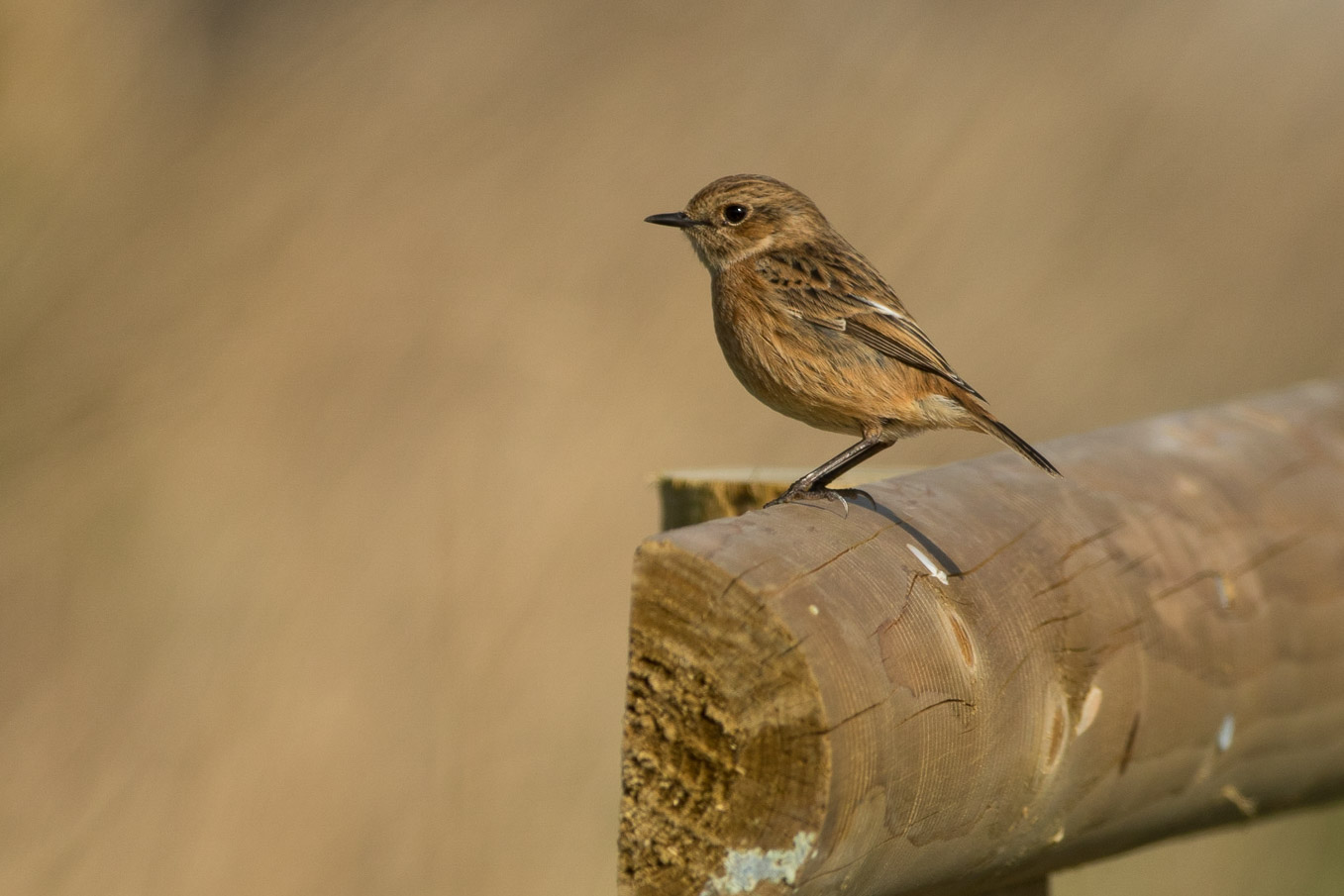
Learning to Love Lockdown - Reconnecting with Nature
Lee Copplestone like many was furloughed from his work in the countryside and had to take his exercise locally very soon though it started a rediscovery of nature..
Like many people under lockdown, I started visiting my local park to take daily exercise. This is no ordinary park though, with 2,400 acres of green space to explore just a few minutes’ walk from my home. I am very fortunate to have easy access to Sutton Park National Nature Reserve at a time when being outdoors is more vital than ever for our health and sanity. This huge green space can absorb a lot of people yet still offers relatively undisturbed homes for wildlife despite a steady stream of passing walkers, runners and cyclists. It’s unusual to find a Site of Special Scientific Interest like this where wildlife can thrive alongside so many people.
Something special happened here which helped me reconnect with nature. I began daily walks in the park, at first not bothering to take binoculars as the emphasis was on keeping moving, travelling light and avoiding people rather like a poor man’s SAS operative behind enemy lines. Stopping to sit on a bench for an hour to watch wildlife was not allowed at this point in Lockdown and I was worried that the park might be closed if too many of us ignored the rules. One of the park Rangers had shared his concerns with me about this as the police patrolled the park looking for sunbathers, bench-sitters and other serious lawbreakers. This was in a more innocent time before the Cummings story hit the news when most of us obeyed the rules without question.
A key moment for me was spotting a Stonechat and a Wheatear within a few metres of each other. The wheatear resting and feeding perhaps recently arrived exhausted and hungry from North Africa to take advantage of our long daylight hours, plentiful insects and the exceptionally warm spring weather; the resident stonechat maybe considering a trip to the coast for a change of scenery– not a sensible option for us humans at this point. These bird sightings persuaded me to carry my binoculars with me next time just in case.
which are the best binoculars for birdwatching
A few days later, there followed another surprise, a distant cuckoo calling, an evocative signifier of spring that I had not heard for many years at this site. Crashing through the woodland to reach a clearing where I imagined the cuckoo to be was like being a kid again. The sense of urgency and adrenaline-rush felt good. I didn’t find the cuckoo but this didn’t really matter; I was hooked on the hunt for wildlife once again and connecting with emotions I’d half forgotten. Gradually, I was also reconnecting with nature and experiencing the same buzz I had felt as a child when, one sunny spring, I was given my first pair of 8x30 binoculars for my birthday and began eagerly watching house sparrows and pigeons against a backdrop of pink apple blossom in my urban garden.
As lockdown conditions eased, I found a quiet spot in the park, sat down on a large fungi-encrusted birch log and began looking carefully around me. Searching for the fine detail this time not just experiencing a blur of colours, textures and sounds as I had before when walking briskly past, head down. This was a slower more contemplative process.
A daily pattern started to emerge as I grew to understand the topography of habitats and listened to the soundscape of the local bird life: in the middle distance, a Reed Bunting calling from Willow scrub, to the left, a Whitethroat perched on a gorse stem and another further away to its right, repeating its scratchy warble from the top of young tree, close to that, a Willow Warbler singing it’s beautiful descending cadence from a tall birch tree (this bird not living up to its name), in front of me, a Meadow Pipit bringing food to its nest and high above, a Buzzard nagged by Crows and Kestrel hovering silently.
bird identification; when where how and then what
Later came swifts, one or two at first then many more appearing from all directions filling the air in the blink of an eye. This intricate audio-visual wildlife performance played out every day throughout spring, unobserved by most visitors who stuck to the tarmac paths and wide tracks criss-crossing the park. This experience was special and it was mine, all mine! At least for now.
One lunchtime, from a boggy area far too wet for walkers to cross, a male Muntjac deer appeared unexpectedly. We both froze; I looked at the deer, the deer looked at me then suddenly bounded out of sight as quickly as it had appeared. Another exciting wildlife moment. Not exactly up there with the Wildebeest migration of the Serengeti but not bad for an urban park only six miles from the city centre. And it was free; with no air miles, no car journey and no cost to the environment.
Naturally, I’m learning to love lockdown.
Lee Copplestone has enjoyed a long career in conservation previously working for the RSPB and now for Keep Britain Tidy.
top ten wildlife ideas to avoid coronavirus isolation fatigue




